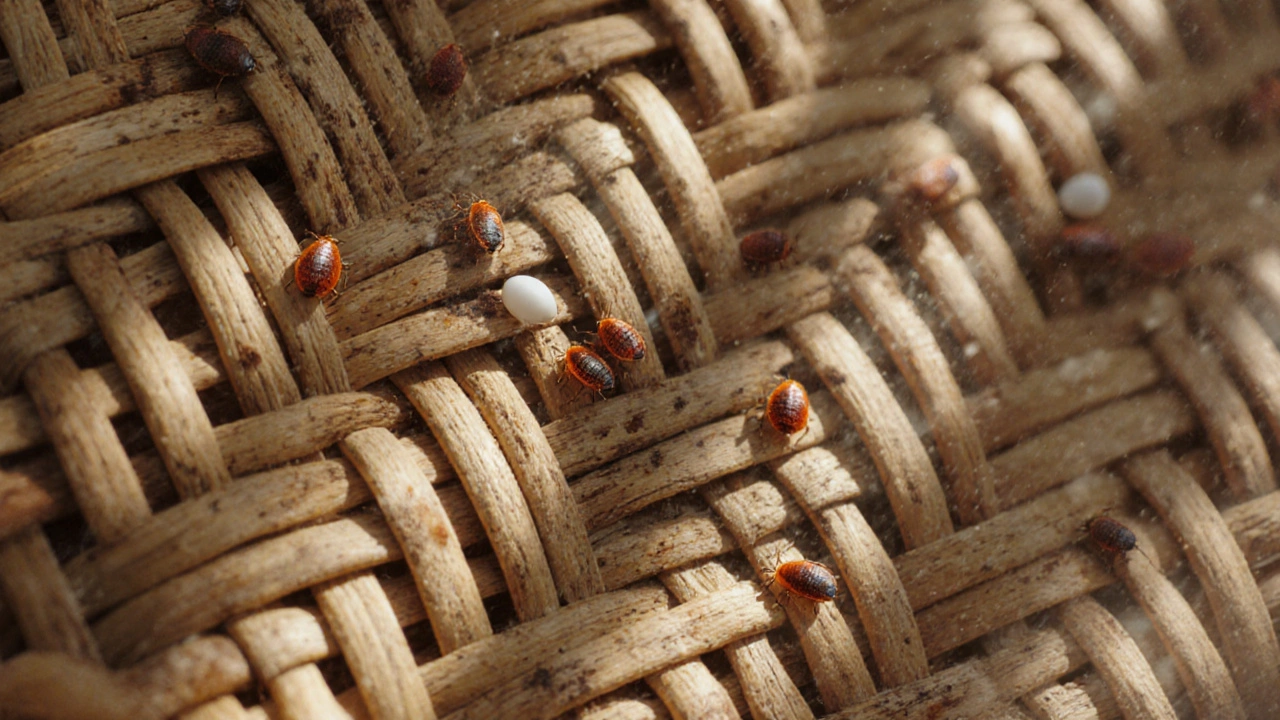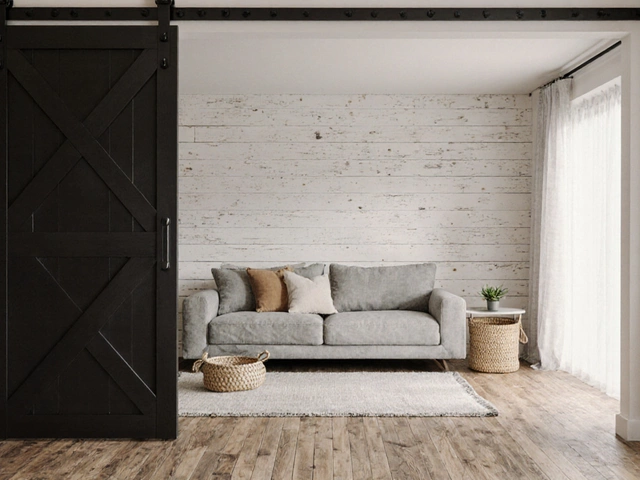Bed Bugs: What They Are, How They Spread, and How to Stop Them
When you hear bed bugs, tiny, blood-sucking insects that hide in mattresses, furniture, and cracks. Also known as Cimex lectularius, they don’t fly or jump—but they move fast across floors and walls, and they’re not picky about where they settle. If you’ve ever woken up with itchy red bites in a line, you know why they’re a real problem. These pests aren’t a sign of dirt. They hitch rides on luggage, secondhand furniture, or even your clothes after a hotel stay. A single pregnant female can turn into a full infestation in under three months. And once they’re in your sofa or bed frame, they’re not easy to kick out.
Most people think bed bugs only live in beds, but they’re just as happy in upholstered furniture, like couches, armchairs, and recliners. They hide in seams, zippers, and gaps where fabric meets wood. That’s why checking your secondhand furniture, especially before bringing it inside is critical. You might not see them, but you’ll feel their bites. Signs include dark spots on sheets (their droppings), shed skins, and a sweet, musty smell in tight spaces.
There’s no magic spray or DIY fix that works every time. Heat treatments, vacuuming, and encasements help—but only if you’re thorough. Many people waste money on store-bought sprays that don’t reach the bugs hiding deep in the frame. Professionals use targeted heat and inspection tools because bed bugs avoid light and move when they sense vibration. If you’ve got them, you need a plan, not a quick fix.
What you’ll find in these posts isn’t fear-mongering or hype. It’s real talk about how these pests get in, what they do to your space, and how to stop them without tearing your home apart. You’ll learn how to inspect your furniture like a pro, spot early signs before the bites show up, and protect your investment—whether it’s a new sofa or a vintage dresser. No fluff. No scare tactics. Just what works.




